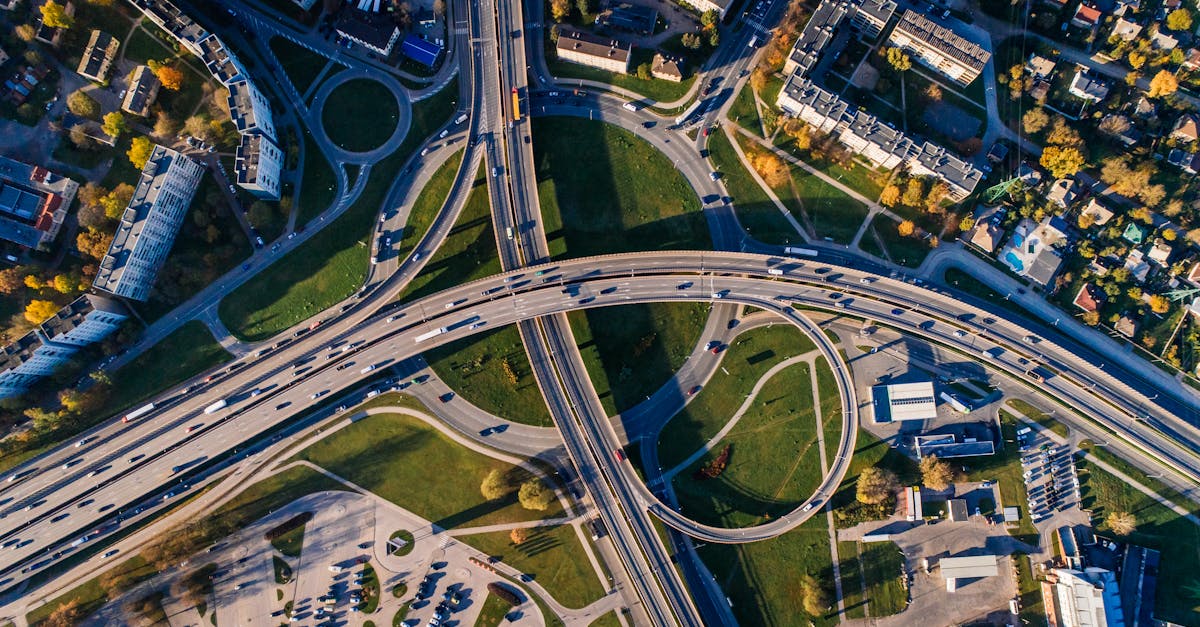For decades, the Boeing 717 has been a workhorse for inter-island travel in Hawaii, carrying millions of passengers. Now, amid their long service, the Federal Aviation Administration (FAA) has raised safety concerns regarding this aging fleet, which could have significant repercussions for the state's business landscape. This development raises questions for Hawaiian Airlines and various stakeholders throughout the islands.
The aging of the 717 fleet comes as Hawaiian Airlines considers its next steps for aircraft replacement. A recent report by Beat of Hawaii highlights the need for a fleet upgrade. The decision on what replaces the existing 717s carries considerable weight, and the FAA's safety concerns add urgency to the airline's decision-making process. Operational efficiency, passenger comfort, and fleet standardization are all critical factors that will influence the future of inter-island air travel.
Business travelers, in particular, may be sensitive to any perceived decline in safety standards. Delays or cancellations due to maintenance or safety checks could disrupt business schedules and impact productivity across different sectors. The tourism industry, a cornerstone of Hawaii's economy, will also be sensitive to any perception of reduced safety as this can affect traveler's decisions. Furthermore, the choice of replacement aircraft will have ripple effects, influencing maintenance operations, pilot training, and the supply chain for aircraft parts and services.
As the airline industry adapts, examining fleet replacements is key. Beat of Hawaii also reported on the potential challenges of incorporating the Boeing 737 MAX into the inter-island fleet, suggesting that some passengers might choose other airlines if the MAX is used. This sentiment underscores the importance of passenger trust and the economic vulnerabilities of Hawaii's air travel infrastructure.
Further, this aligns with prior warnings. For example, Beat of Hawaii has reported FAA directives and issues regarding other aircraft, such as engine concerns which could affect travel. The ongoing situation emphasizes the critical impact of aviation safety on the overall economic health of Hawaii.



